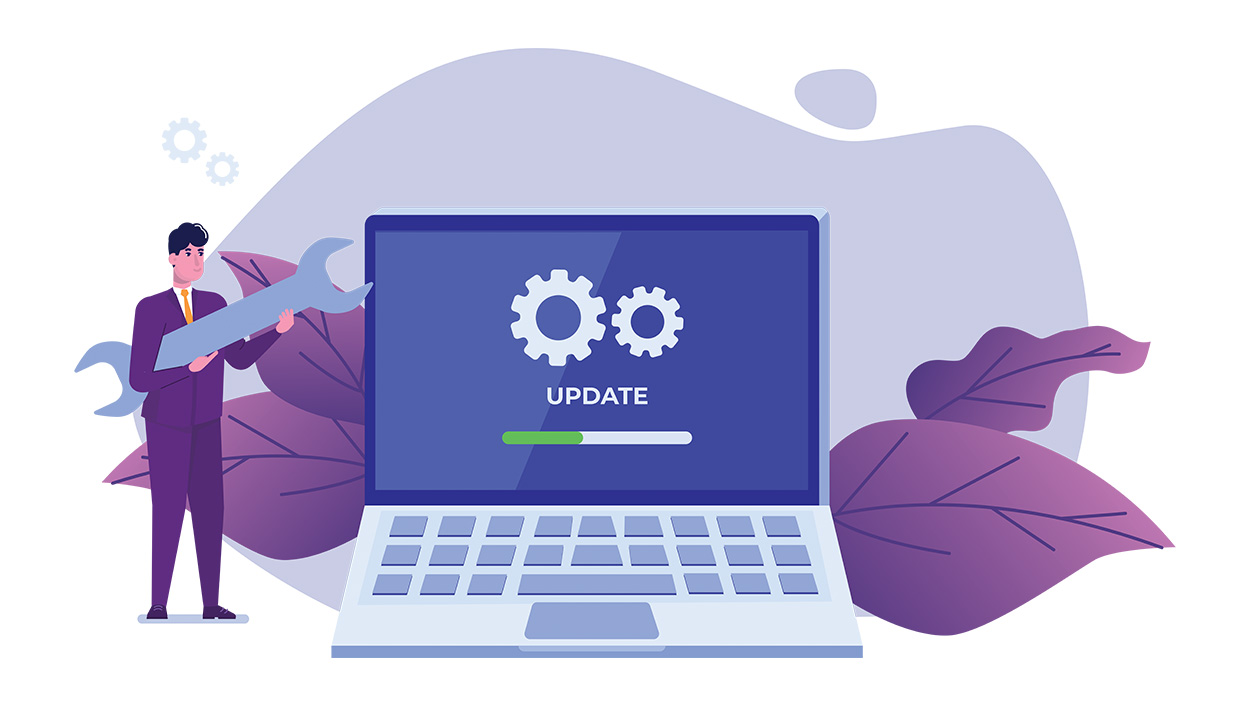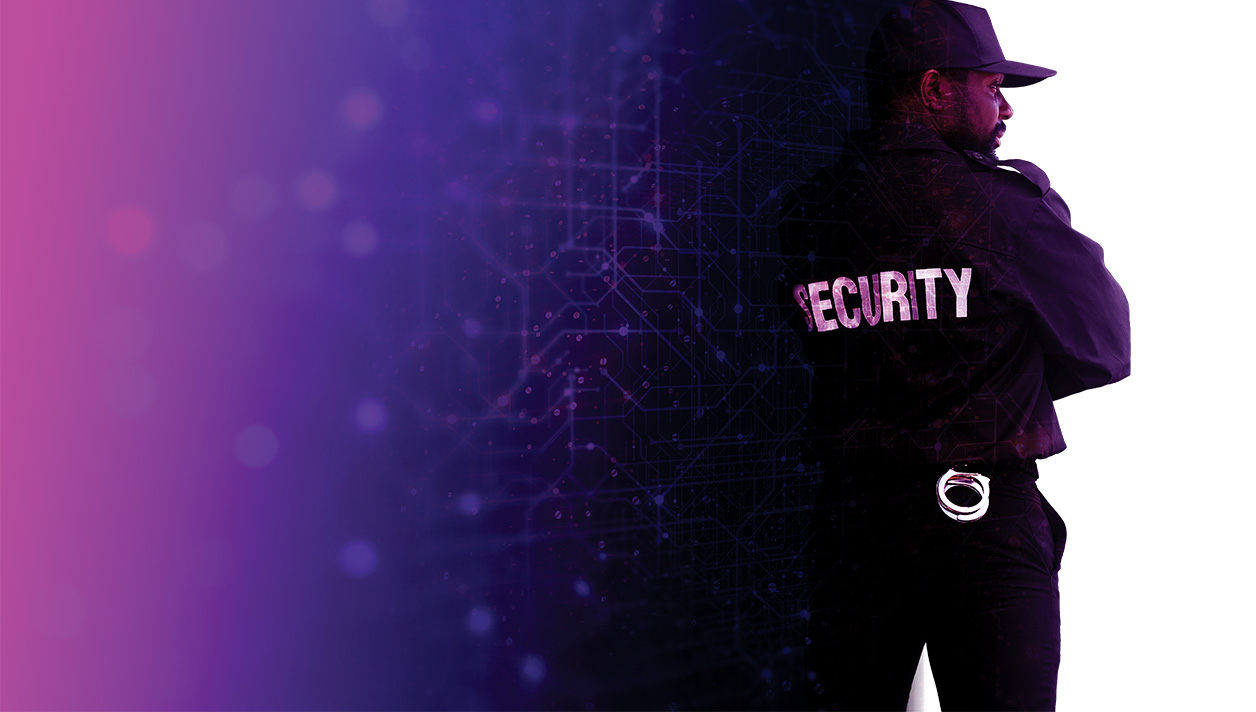As we’ve moved into a new year and reflect on the last, one of the most valuable things we can take from 2023 is how to be prepared and how to adapt when unforeseen events prevent themselves.
You’ve surely experienced an ever-increasing dependency on information technology over the last years, not only in your personal life, but also within your business operations. Now is a great time to reassess your disaster recovery plan. Many of us have been guilty of thinking “it won’t happen to me” – unfortunate events can happen to all of us. Not sure what I’m referring to as it relates to your salon or spa? I’m talking about the unexpected technical disaster that could occur.
Even if you think that the chance of a natural or man-made catastrophe at your place of business (that salon that you’ve put your blood, sweat and tears into building) is unlikely, you should still have a plan in place to not only handle a disaster, but to help prevent the effects of one. The actions you take before, during and after an unforeseen event can make all the difference in terms of the impact it can have on your business.
Since you can’t avoid some disasters such as natural ones, there are things you can do to minimize negative effects on your business and maintain some stability during a potentially tragic time.
The actions you take before, during and after an unforeseen event can make all the difference in terms of the impact it can have on your business.
As your customer database is the lifeblood of your business, one of the most vital components of your disaster recovery plan should be a regularly scheduled data backup in case you experience a damaging event such as a server crash. This backup should also be stored offsite. After all, if the location where your server is housed undergoes a natural catastrophic event, it may not survive. Additionally, you want to make sure that this backup can be easily restored, and that you have an available resource to assist you with the restoration, if needed.
Another important preventative measure is to install antivirus and monitoring software on your server and workstations to deter a malicious hacker from damaging your computer network.
You may have experience with managing a server and desire to host your database yourself, as you have a high comfort level when it comes to the associated required maintenance. Alternatively, the mere thought of being solely responsible for your database can, understandably, leave you feeling a bit vulnerable. If so, you may consider employing a hosting provider so that you have confidence in knowing you are securing your database safely and that it is being protected against unauthorized access. In some cases, your software provider might provide such services.
Over time, workstations and associated peripherals can also fail for various reasons. Have you thought about having preconfigured backup workstations? If you use certain peripherals that are imperative to your operation, such as timers or receipt printers, you should consider having extras on hand in case one becomes inoperable.
It’s also important to document your disaster recovery plan once you’ve laid out the procedures that should be followed. Equally important is the testing of the plan. Remember those fire drills you had every year as a child at school? Make sure to train your staff on your plan, and that it is easy to understand and execute, especially during what might be a chaotic situation.
A solid disaster recovery plan is an easy way to be prepared and alleviate the stress that you and your staff will undergo should you experience an unforeseen technical calamity at your salon. You will surely thank yourself when you are able to continue to operate seamlessly without your guests knowing you experienced an unfortunate event!





























